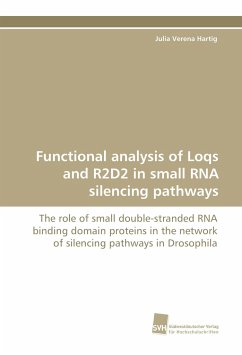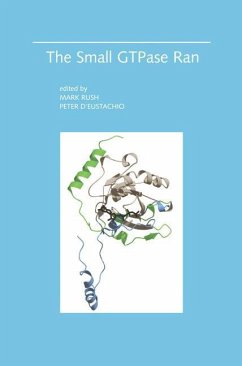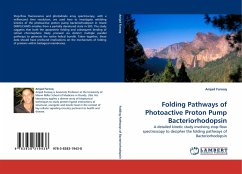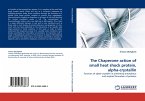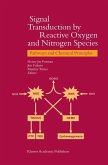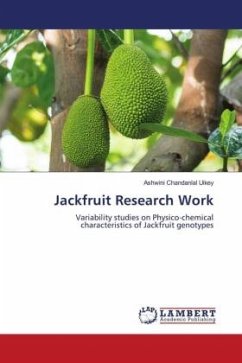Small non-coding RNA-dependent gene silencing is a highly conserved mechanism found in fungi, plants and animals. Drosophila melanogaster is one of the best studied model-organisms for small RNA-dependent silencing. A variety of small RNA classes are involved in regulating a wide array of cellular processes ranging from development to cancer. Micro RNAs are genomically encoded and repress expression of endogenous genes. Exogenous small interfering RNAs serve to defend cells from viral infections and are widely used in artificial gene silencing by RNA interference. Piwi-interacting RNAs act to suppress transposable elements in the germ-line. Most recently, endogenous small interfering RNAs were discovered to silence transposons in somatic cells. siRNA mediated silencing in Drosophila can be subdivided into exo- and endo-siRNA dependent pathways. In both cases 21 nt siRNAs are excised from stretches of long double-stranded precursors by the RNaseIII endonuclease Dcr-2 and loaded into the Argonaute protein Ago2. The pathways are set apart by the double-stranded RNA binding domain proteins they require: R2D2 and a novel isoform of Loquacious, Loqs-PD.
Bitte wählen Sie Ihr Anliegen aus.
Rechnungen
Retourenschein anfordern
Bestellstatus
Storno

